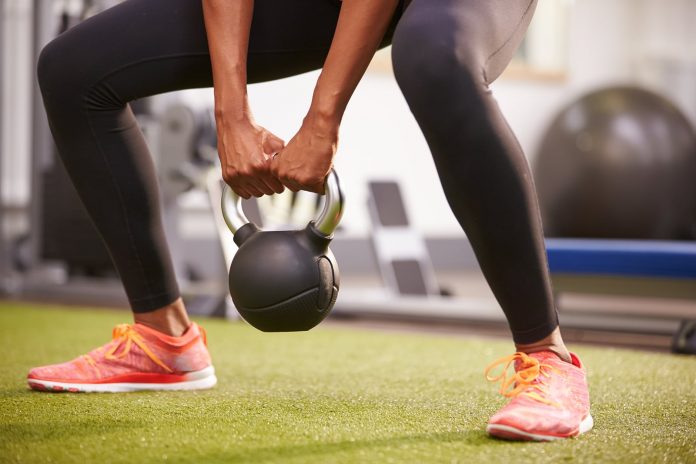According to the National Cancer Institute, about 12.3 percent of women in the United States will develop breast cancer in their lifetimes. Though the exact cause is not known, the risk of developing breast cancer increases with age, becoming particularly high in women age 60 and older. Because of their age, these women are already at increased risk of developing osteoporosis. Given the rising incidence of breast cancer and the improvement of long-term survival rates, bone health and fracture prevention have become important health issues among breast cancer survivors.
Osteoporosis is a condition in which the bones become less dense and more likely to fracture. Fractures from osteoporosis can result in significant pain and disability. More than 53 million people in this country already have osteoporosis or are at high risk due to low bone mass.
Risk factors for developing osteoporosis include:
- thinness or small frame
- family history of the disease
- being postmenopausal and particularly having had early menopause
- abnormal absence of menstrual periods (amenorrhea)
- prolonged use of certain medications, such as those used to treat lupus, asthma, thyroid deficiencies or seizures
- low calcium intake
- lack of physical activity
- smoking
- excessive alcohol intake
Osteoporosis can be prevented. It is known as a silent disease because, if undetected, bone loss can progress for many years without symptoms until a fracture occurs. Osteoporosis has been called a childhood disease with old age consequences because building healthy bones in youth helps prevent osteoporosis and fractures later in life. However, it is never too late to adopt new habits for healthy bones.
Women who have been treated for breast cancer may be at increased risk for osteoporosis and fracture for several reasons: 1) Estrogen has a protective effect on bone, and reduced levels of the hormone trigger bone loss. Because of chemotherapy or surgery, many breast cancer survivors experience a loss of ovarian function and, consequently, a drop in estrogen levels. Women who were premenopausal before their cancer treatment tend to go through menopause earlier than those who have not had breast cancer; 2) studies suggest chemotherapy may have a direct negative effect on bone health; and 3) breast cancer itself may stimulate the production of osteoclasts, the cells that break down bone.
Several strategies can reduce the risk for osteoporosis or lessen the effects of the disease in women who have already been diagnosed.
Nutrition: Some studies have found a link between diet and breast cancer. However, it is not yet clear which foods or supplements may play a role in reducing breast cancer risk. As far as bone health is concerned, a well-balanced diet rich in calcium and vitamin D is important. Good sources of calcium include low-fat dairy products; dark green, leafy vegetables and calcium-fortified foods and beverages. Supplements can help ensure the calcium requirement is met each day, especially in people with a milk allergy. The Institute of Medicine recommends a daily calcium intake of 1,000 milligrams for men and women up to age 50. Women older than age 50 and men older than age 70 should increase their intake to 1,200 milligrams a day.
Also note that vitamin D plays an important role in calcium absorption and bone health. Food sources of vitamin D include egg yolks, saltwater fish and liver. Many people, especially those who are older or housebound, may need vitamin D supplements to achieve the recommended intake of 600 to 800 IU each day.
Exercise: Like muscle, bone is living tissue that responds to exercise by becoming stronger. The best activity for your bones is weight-bearing exercise that forces you to work against gravity. Some examples include walking, climbing stairs, weight training and dancing. Regular exercise, such as walking, may help prevent bone loss and will provide many other health benefits. Recent research suggests exercise also may reduce breast cancer risk in younger women.
Healthy lifestyle: Smoking is bad for every part of your body, including your bones. Women who smoke tend to go through menopause earlier, resulting in earlier reduction in levels of the bone-preserving hormone estrogen and triggering earlier bone loss. Smokers also may absorb less calcium from their diets. Some studies have found a slightly higher risk of breast cancer in women who drink alcohol, and evidence suggests alcohol can have a negative effect on bone health. Those who drink heavily are more prone to bone loss and fracture, because of both poor nutrition and an increased risk of falling.
Bone density test: A bone mineral density (BMD) test measures bone density in various parts of the body. This safe and painless test can detect osteoporosis before a fracture occurs and can predict the chances of fractures in the future. The BMD test can help determine whether medication should be considered. A woman recovering from breast cancer should ask her doctor whether she might be a candidate for this test.
Medication: There is no cure for osteoporosis. However, several medications are available to prevent and treat this disease. Bisphosphonates, a class of osteoporosis treatment medications, are being studied and have demonstrated some success in their ability to treat breast cancers that have spread to bone.
Another osteoporosis treatment medication, raloxifene, is currently being evaluated for its ability to decrease breast cancer risk. The National Institutes of Health is currently sponsoring the Study of Tamoxifen and Raloxifene, known by the acronym STAR, which compares the effectiveness of raloxifene with that of tamoxifen in preventing breast cancer in postmenopausal women who have a high risk of developing the disease.






